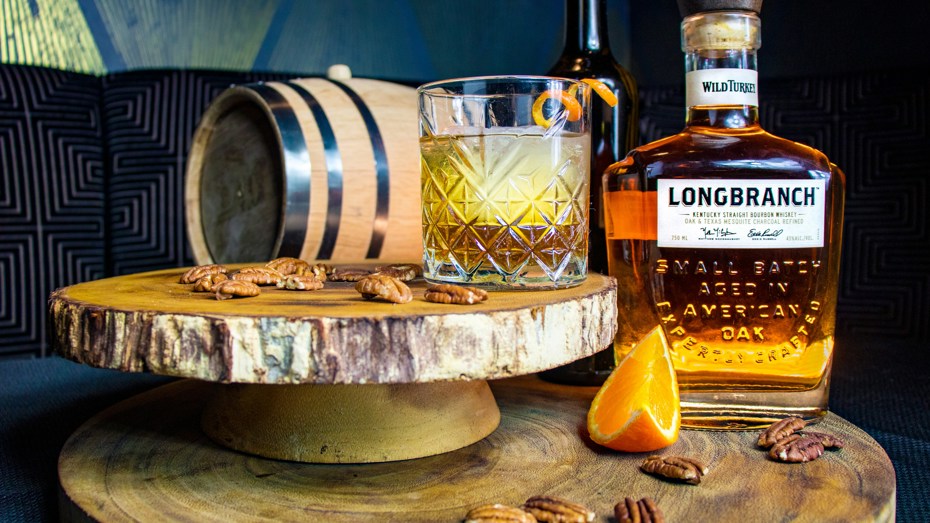Bourbon whiskey, America's native spirit, is celebrated for its diverse and rich flavor profile. The unique characteristics of bourbon arise from its ingredients, production process, and aging, making each bottle a distinct journey for the palate. This guide explores the myriad flavors and aromas that make bourbon a beloved drink worldwide.
The Basics of Bourbon
Before diving into the flavor profiles, it's essential to understand what defines bourbon. By U.S. law, bourbon must be made in the United States, contain at least 51% corn in its mash bill, and be aged in new, charred oak barrels. It must be distilled to no more than 160 proof (80% alcohol by volume), entered into the barrel for aging at no more than 125 proof, and bottled at 80 proof or more. This specific production process is critical in developing bourbon's unique flavor.
Corn: The Heart of Bourbon
Corn is the primary grain used in bourbon, giving it a sweet and full-bodied base. This sweetness often manifests as caramel, vanilla, or toffee notes, particularly noticeable in the aroma. The high corn content also imparts a creamy, almost buttery mouthfeel, distinguishing bourbon from other types of whiskey.
The Influence of Rye or Wheat
Besides corn, the mash bill usually contains rye or wheat as secondary grains. Rye adds spicy and peppery notes, contributing to a bourbon that's bolder and more robust. Alternatively, wheat brings a softer, smoother quality to the bourbon, often resulting in sweeter and more mellow flavors.
The Magic of Barrel Aging
Barrel aging is where bourbon truly develops its character. The interaction between the liquid and the charred oak over time imparts a spectrum of flavors. Vanilla and caramel notes come from the wood's natural sugars caramelizing during the charring process. Oak tannins add a dry, sometimes astringent quality, often perceived as a slight bitterness that balances the sweetness.
The Complexity of Flavors
A sip of bourbon can reveal a complex array of flavors. Common notes include:
- Vanilla and Caramel: Nearly ubiquitous in bourbon, these flavors come from the wood sugars in the charred barrels.
- Oak and Toast: The charred barrels contribute a toasty, sometimes smoky oakiness.
- Dark Fruit: Look for hints of cherries, raisins, or figs, especially in bourbons aged longer.
- Citrus and Apple: Younger bourbons or those with a higher wheat content might have a bright, fruity character.
- Spices: Cinnamon, nutmeg, and pepper are typical in high-rye bourbons.
- Herbal and Floral: Some bourbons present subtle grassy, herbal, or floral undertones, adding complexity to the flavor profile.
- Nutty and Grainy: These flavors come from the grains themselves, especially in bourbons with a higher barley content.
- Sweet Treats: Think along the lines of butterscotch, honey, and chocolate, often present in well-aged bourbons.
The Role of Proof
The proof, or alcohol content, of bourbon also impacts its flavor. Higher-proof bourbons tend to have more intense and bold flavors, while lower-proof bourbons are generally smoother and more approachable. Water or ice can be added to high-proof bourbons to open up new flavors and aromas.
Tasting Tips
To fully appreciate bourbon's flavor profile, it's recommended to taste it neat first. Use a tulip-shaped glass to concentrate the aromas. Take a small sip, let it coat your palate, and breathe out through your nose to experience the full range of flavors. Pay attention to the initial taste, the mid-palate, and the finish, as different notes can be detected at each stage.
The Personal Aspect of Bourbon Tasting
Remember, tasting bourbon is a highly personal experience. Your palate and preferences will determine what flavors you pick up and enjoy. It’s also influenced by factors like your mood, the time of day, and even the weather.
Conclusion
Exploring bourbon's flavor profile is a delightful and rewarding journey. From the sweetness of corn to the complexity of barrel aging, each bottle of bourbon offers a unique story of American craftsmanship. Whether you’re a seasoned connoisseur or new to the world of bourbon, there’s always something new to discover in every glass.

